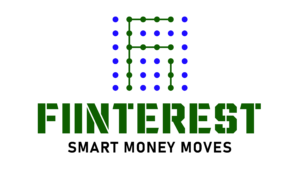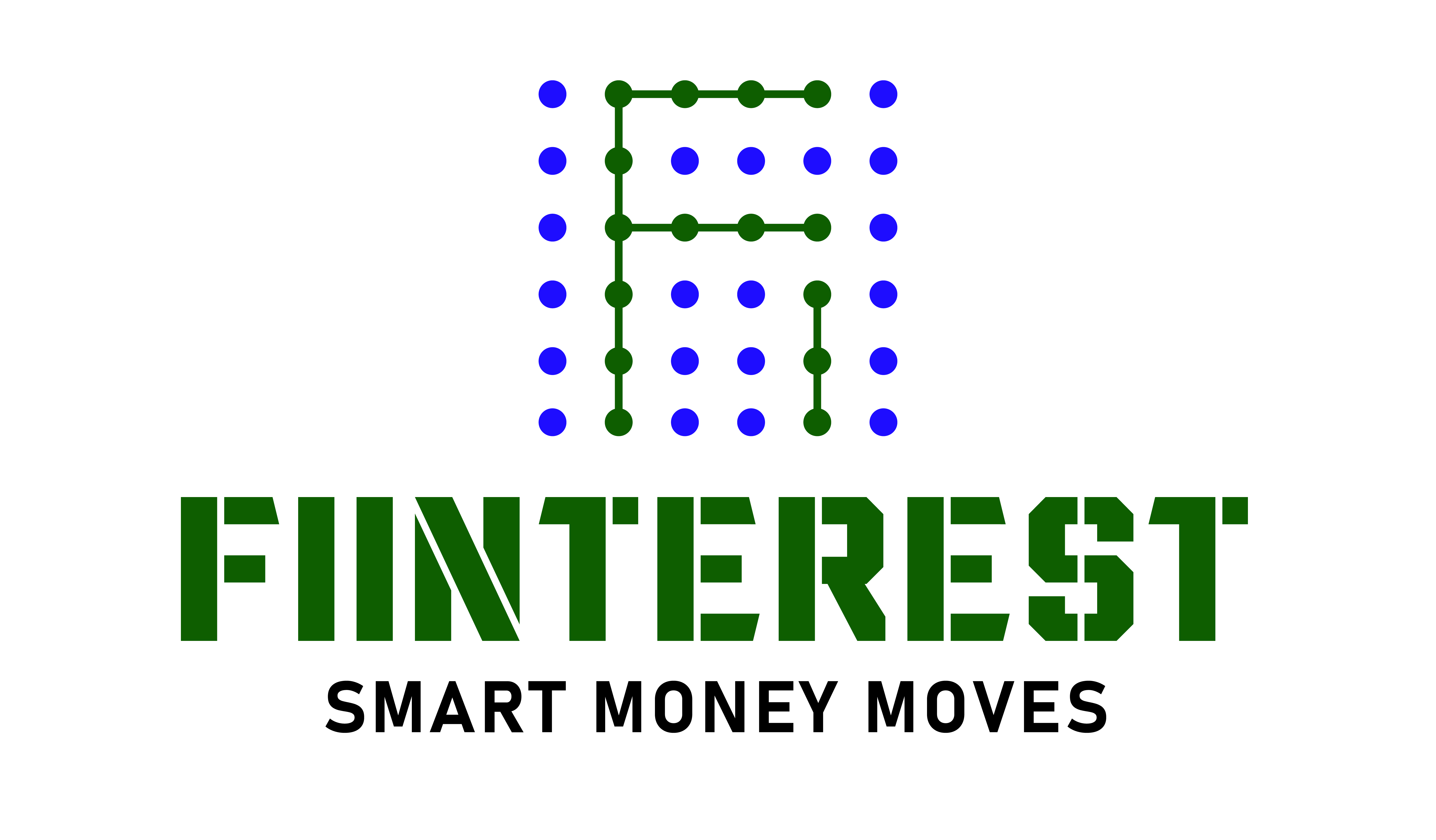You’ve undoubtedly heard the phrases “Mortgage VS Loan” used interchangeably when purchasing a new house, looking for financing, or wanting to build credit.
In the banking industry, loans and mortgages are commonly used interchangeably. As far as a layperson is concerned, they are the same, and both are typically comparable to any loan agreement seen.
Although a mortgage is a type of loan, the two may not continuously operate similarly.
In this article, “Loan vs Mortgage,” we will try to comprehend the significant differences between a mortgage and a loan, as well as how these two financial assets are distinct from one another in terms of their nature, type, and method of operation.
Mortgages and loans: let’s break them down.
Difference Between Mortgage VS Loan
What Are Loans?
A loan is an agreement between two parties to exchange funds. The lender provides funds to the borrower in return for repayment of the loan’s principal and interest. The borrower agrees to assume the debt and repay it according to the lender’s conditions.
There are several loan types, such as term loans and revolving loans. These loans may be used for personal or business reasons and may be secured or unsecured. Each form has its perks and drawbacks and is used in different financial circumstances.
When you take out a loan, you must pay it back with interest. Typically, you must repay a term loan over a specified length of time with regular monthly installments.
With a revolving loan, you may take funds up to a specific credit limit and make further withdrawals as you repay the principal.
What Is A Mortgage?
A mortgage is a form of loan, but the conditions of the loan are linked to your property or home. The mortgage is a secured loan since your house or another property is used as collateral, and the mortgage will be recorded on the title of your home.
This implies that if you fail to satisfy the loan’s repayment terms, the lender has the legal authority to seize and sell your property. This procedure is known as foreclosure.
A mortgage may be used to acquire or refinance a new house or property and to access the equity in your present home for other reasons. Home purchases are often expensive, and most borrowers do not have the total down payment amount.
Lenders assess whether to offer you a mortgage based on your credit score, earnings, and debt-to-income ratio, among other indicators, gathered via a financial background check. Typically, lenders will also get an assessment to evaluate the property’s worth, determining how much they can offer you under the mortgage.
When To Use Mortgages And Loans?
You can use a loan for a vehicle or a wedding to renovate your house. Here are some popular types of loans to give you an idea:
- Secured loans: Consumers often turn to secured loans when making a significant purchase, such as purchasing a car. This car will serve as collateral for the loan.
- Personal term loans: Personal term loans without collateral can be used for several purposes, such as a home renovation, a wedding, or debt consolidation.
- Revolving loan: Lines of credit and credit cards are two examples of revolving loans. They are reusable if the debt deposited on the card is repaid or the line of credit is used.
- Student loans: There are predetermined payback periods for student loans used to finance an education. When the federal government guarantees a student loan, the borrower may have access to additional repayment aid programs in times of financial hardship.
Mortgages are used to purchase a home or other property and refinance an existing mortgage.
Loan VS Mortgage Agreements
Even while the basic structure of a loan or mortgage loan agreement is the same, the specifics may vary greatly depending on the nature and conditions of the loan. The participants in the agreement, the loan amount, the interest rate or APR, the payment schedule, and the penalties of failure are detailed.
Bilateral loan agreements and syndicated loan agreements are the two most common loan agreements.
- Bilateral loan arrangements include two parties, the borrower and the lender (or three parties in the event of a deed of trust). These loan agreements are the most popular and easiest to deal with.
- Syndicated loan agreements include a borrower and numerous lenders, such as multiple banks; corporations often use this deal to get large loans. With this kind of loan, many lenders pool their resources together to make one larger loan, reducing the risk to each of them individually.
How Mortgages and Loans Are Taxed
Loans are not considered taxable income. Instead, they are a type of debt; hence, borrowers do not incur taxes on funds acquired from a loan and cannot deduct money paid toward the loan.
Similarly, lenders are not permitted to deduct a loan amount from their taxes, and payments received from borrowers are not included as gross income.
However, lenders must include interest revenue in their tax returns, and borrowers may deduct interest payments from their taxable income.
How Can I Decide Between A Mortgage And A More Broad Sort Of Loan?
Borrowers can access various financing options, including loans, mortgages, and credit cards, which may help them finance their desired purchases.
What will work best for you depends on your particular financial circumstances.
Working with a financial counselor can better determine the optimal borrowing strategy for achieving your financial objectives.



